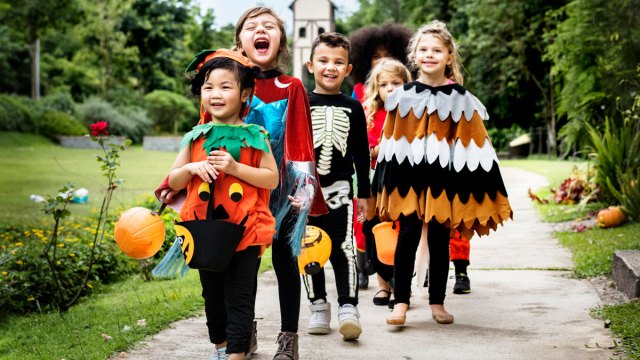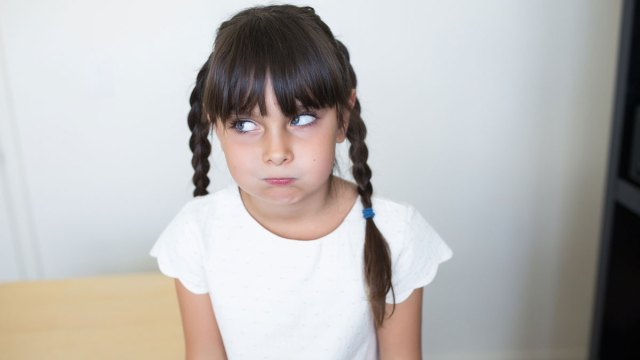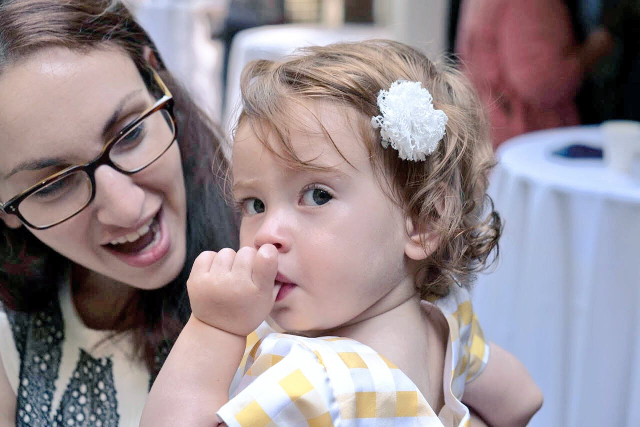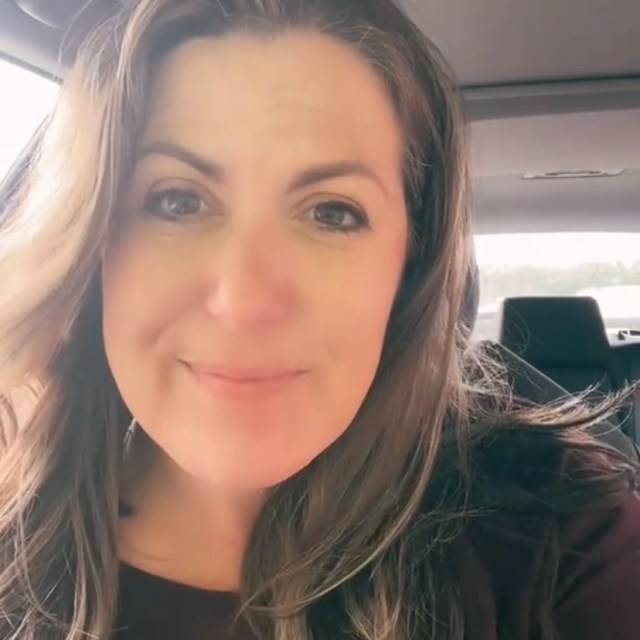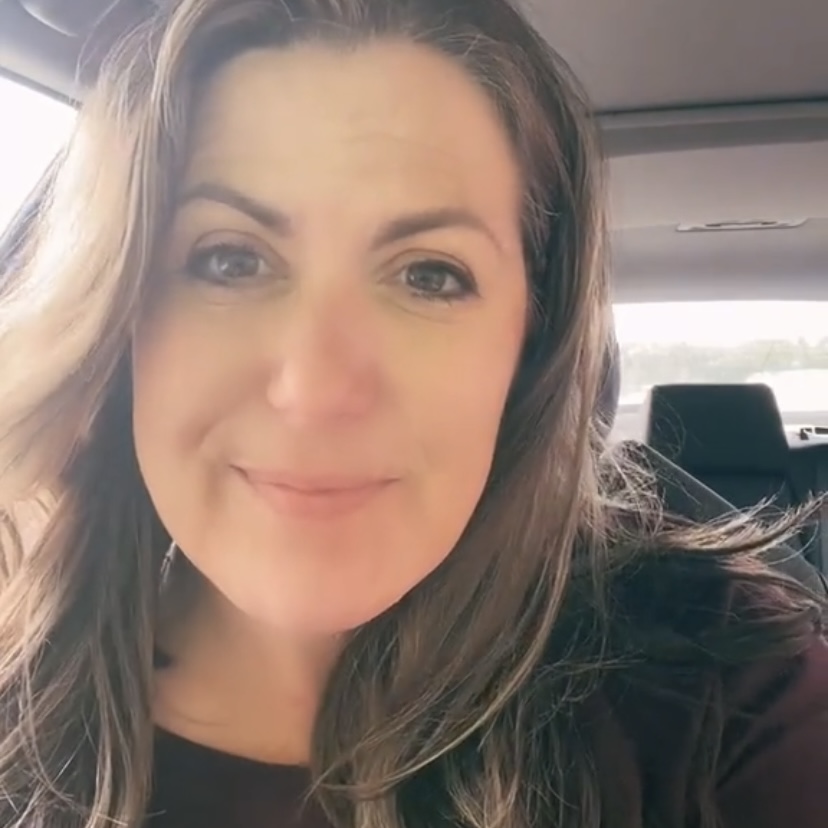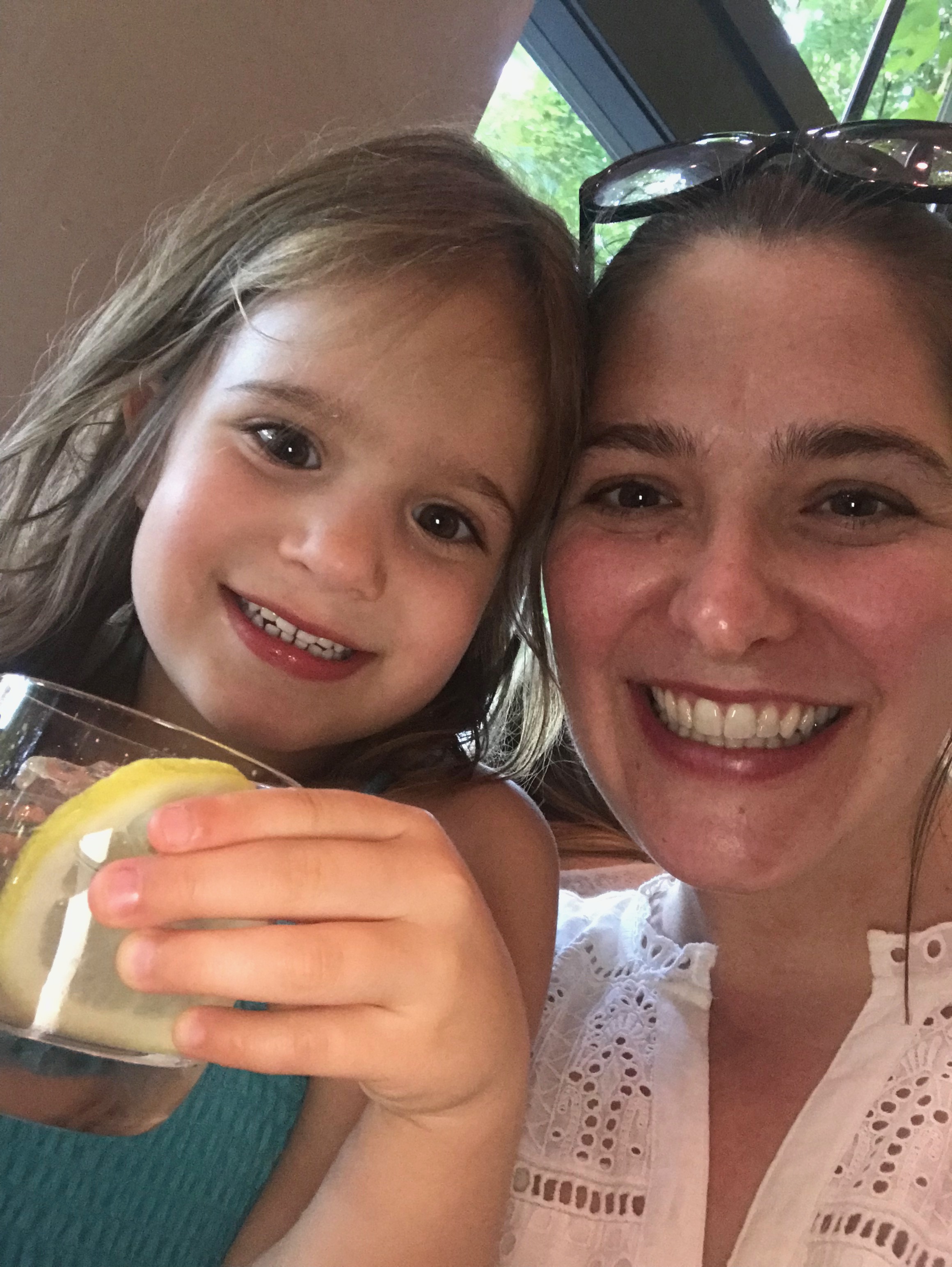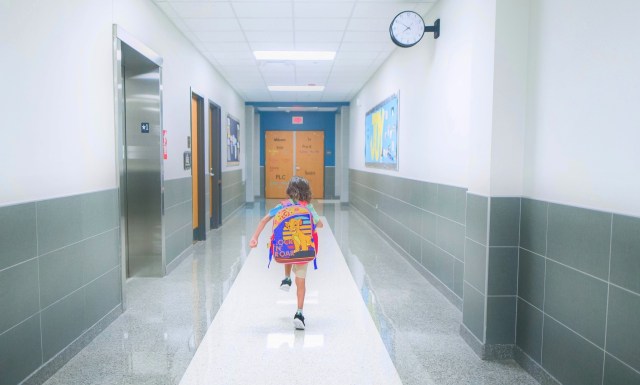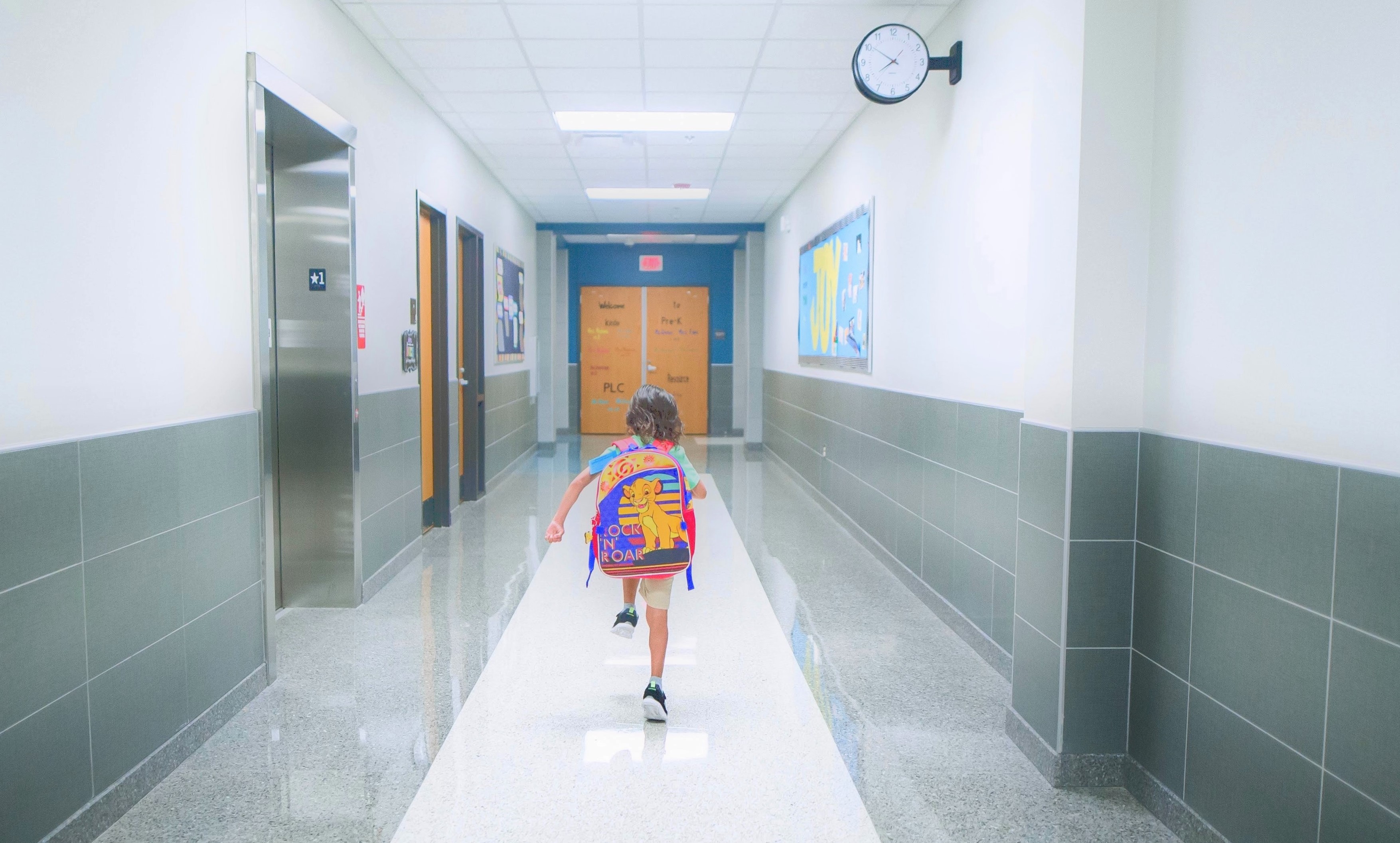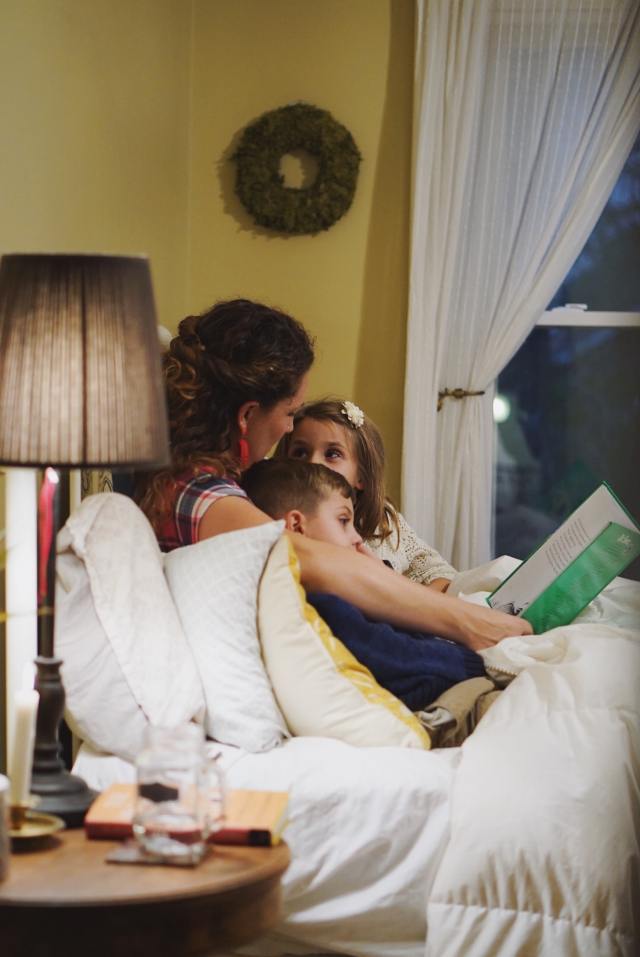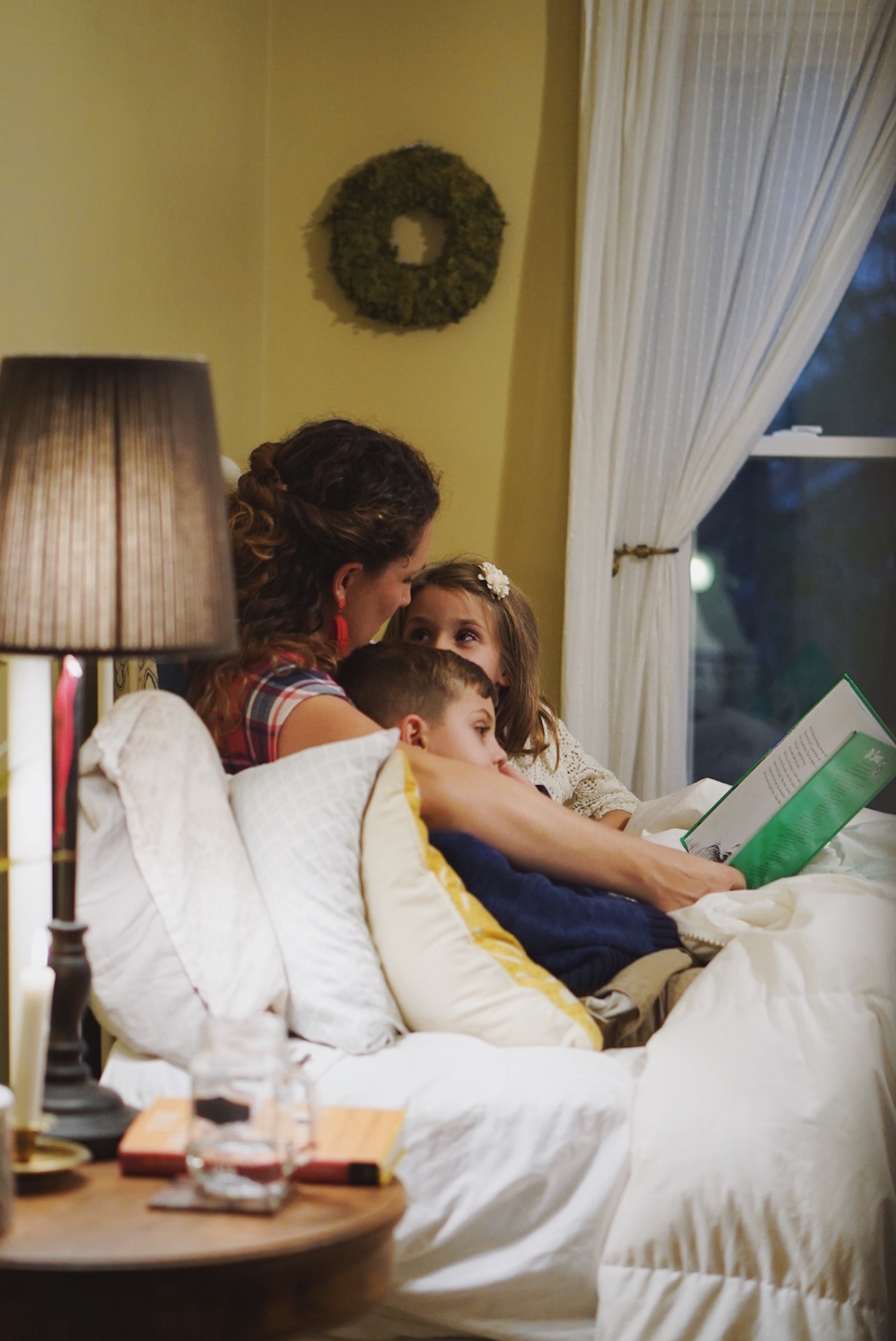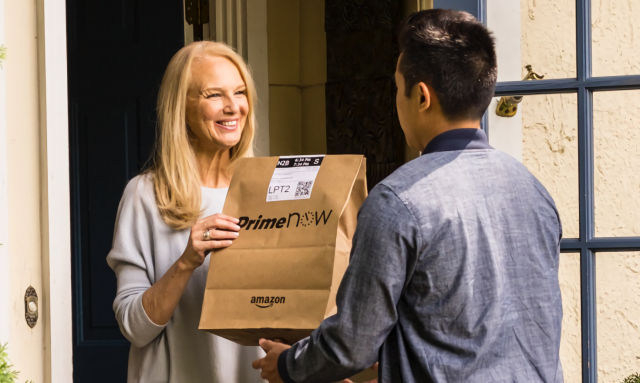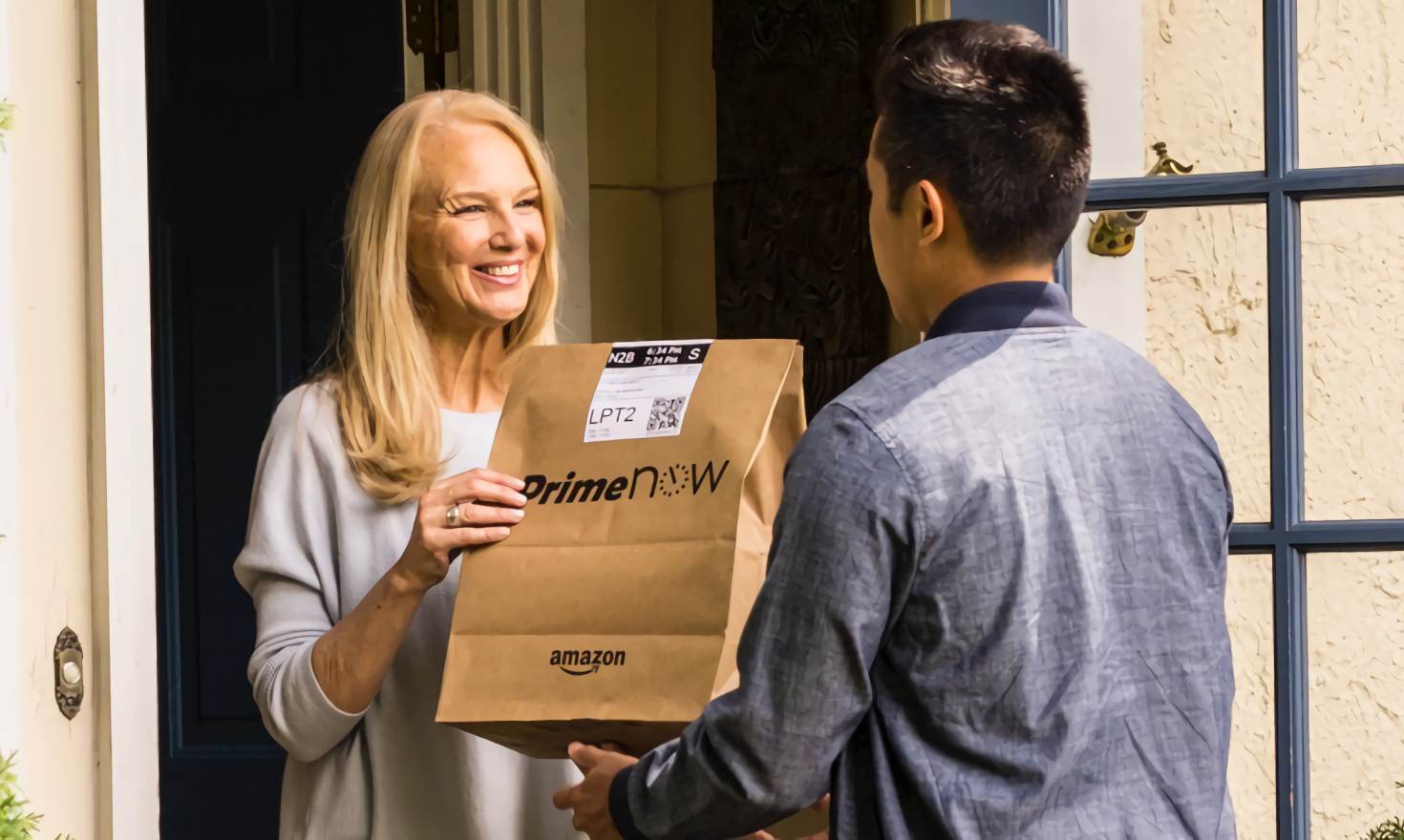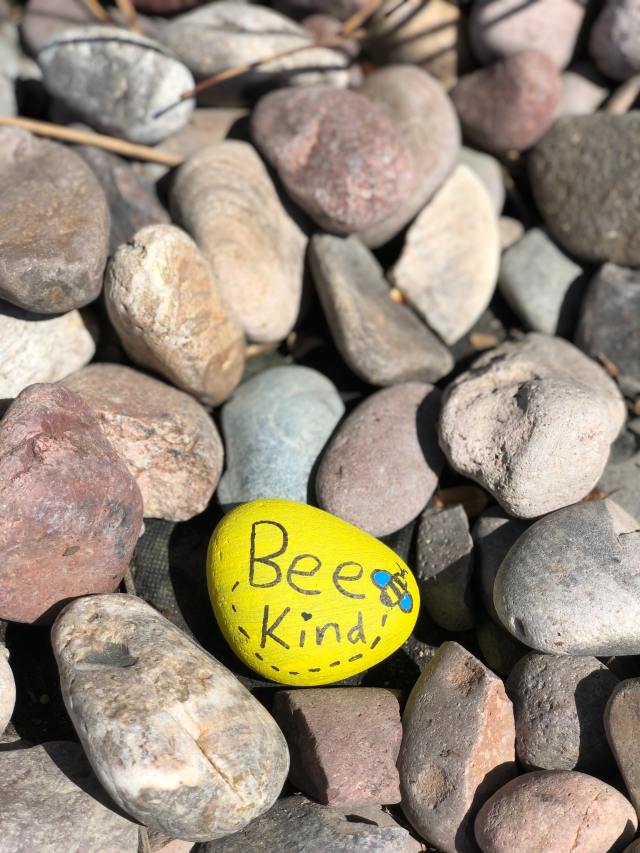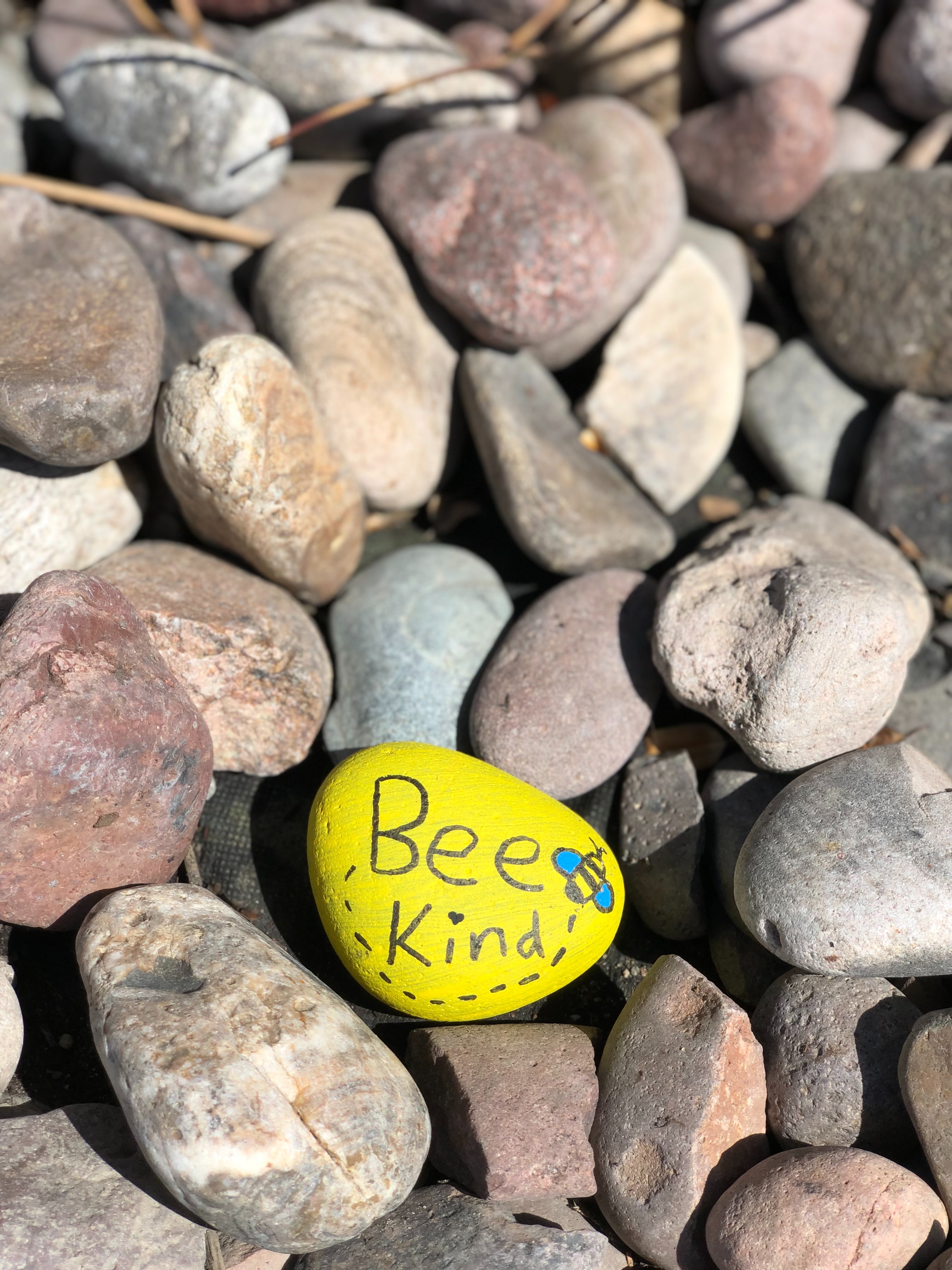This year, around 175 million Americans will celebrate Halloween. On a Tuesday. As a parent of two children, I can tell you that a weekday Halloween is very tough for families with young kids. As a CEO in the celebrations industry, I can also tell you that when October 31 falls on a weeknight, fewer people celebrate the holiday.
Sometimes I like to ask obvious questions and challenge the way things are done. When people say, “That’s the way we’ve always done it,” I perk up and question their assumptions. I want to know “Is there a better way?” and “Will more people be served with a different solution?”
When it comes to Halloween, I believe there is a better way. The time is long overdue for a cultural change that will benefit society: the official observance of Halloween should be on the last Saturday of October.
Why does Halloween have to be on the 31st of every year? There are many other holidays that aren’t tied to a specific date. Thanksgiving is always the fourth Thursday in November. The same is true for Memorial Day (the last Monday in May) and Labor Day (the first Monday in September).
Related: Let the Teens Trick-or-Treat
Halloween is mostly a kids’ and family holiday, and it should fall on a day that is best for kids and families! Not convinced about #SaturdayHalloween? Here are five reasons Halloween should be observed on the last Saturday of October.
It’s healthier for kids (and parents)
Halloween is arguably the most kid-focused holiday of the entire year, and we observe it on a school night eight out of every 10 years. Who wants to get home from work, stress about dinner, try to wrangle kids into costumes, and then be out trick-or-treating way past normal bedtime? It’s all too chaotic for most families.
The next day is a mess, too. Kids wake up the next morning overtired, and parents drag themselves to work. When Halloween is observed on a Saturday, not only will it be better for kids, but it will also be better for the sanity of parents.
It’s better for schools and teachers
When October 31 falls on a Monday, Tuesday, Wednesday, or Thursday, students lose not just one, but two days of productivity. Halloween itself is full of distractions, but the next day is even more challenging.
Teachers have to manage a classroom of kids who have been out all night trick-or-treating and eating candy for lunch. The combination of lack of sleep and dealing with sugar-infused children is difficult. Halloween on a Saturday solves all of this. Plus, schools can schedule their Halloween parades and events on a Friday afternoon, which will help teachers better manage their class schedules. Saturday Halloween is the right thing to do for schools and teachers.
It’s safer
Halloween is a family holiday. Its most important cultural ritual is trick-or-treating. In my own neighborhood in Massachusetts, hundreds of families flock to the most popular streets downtown that are full of cars returning home from work.
If we observe Halloween on a Saturday, trick-or-treating could begin earlier in the evening before nightfall. Local authorities could block roads to protect the busiest neighborhoods. Accidents and fatalities would be reduced. It’s time we reduce possible danger and celebrate Halloween on a Saturday.
Families can celebrate together
The majority of parents work outside the home, and a weekday Halloween makes it difficult for families to celebrate together. A weekend holiday would suit working families and enable celebrations for the whole family. Extended family could gather as they do for other major holidays, and special memories can be made.
At Punchbowl, we have the data: there are more Halloween parties on Saturday than on any other day of the week. Let’s enable even more get-togethers and family celebrations on this important, memorable holiday.
Related: Halloween Brings Us Together Like No Other Holiday Can
It benefits the economy
When Halloween falls on a Saturday, it generates more revenue for the economy than weekday Halloweens. More costumes are purchased, more parties are planned, and more food and beverages are consumed. This means more jobs and higher wages, too.
Party City reported $22 million less in sales when comparing 2016 (a Saturday Halloween) to 2017 (a Monday Halloween). The impact extends to local businesses as well. If we move the official observance of Halloween to the last Saturday of October, it would not only bolster local business, but it would also provide predictability from year to year.
There are many more reasons that Halloween should be moved to the last Saturday in October and very few we should continue the old tradition of October 31. The time has come to move our national celebration of Halloween.
This post originally appeared on MattDouglas.com.
